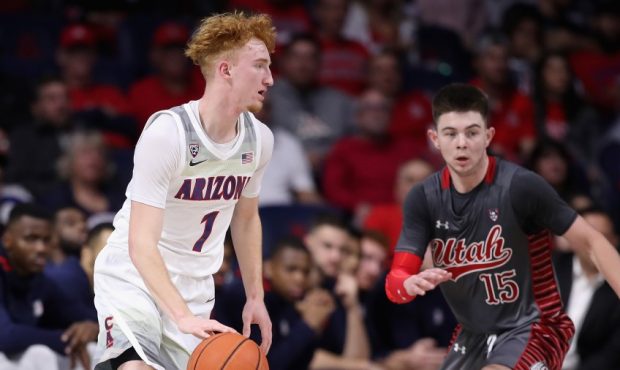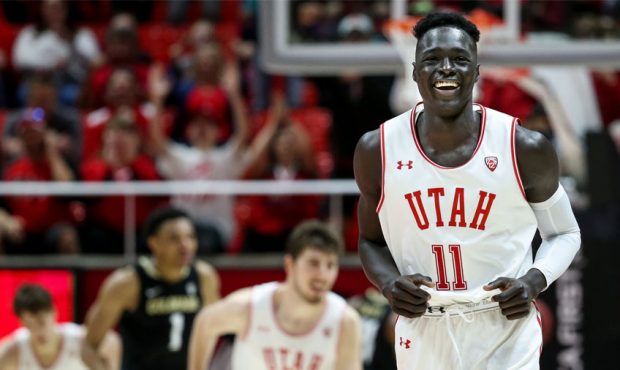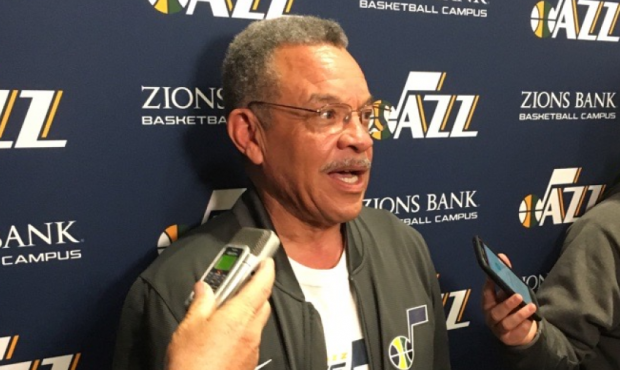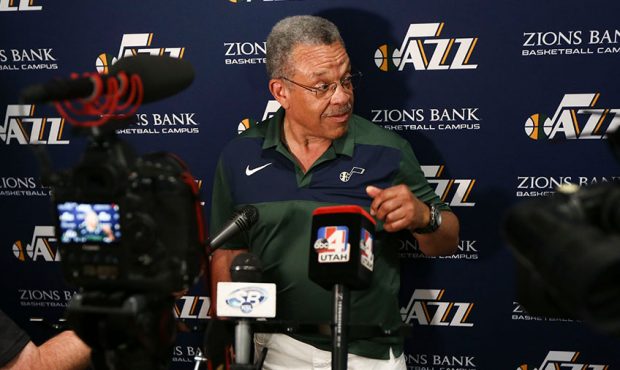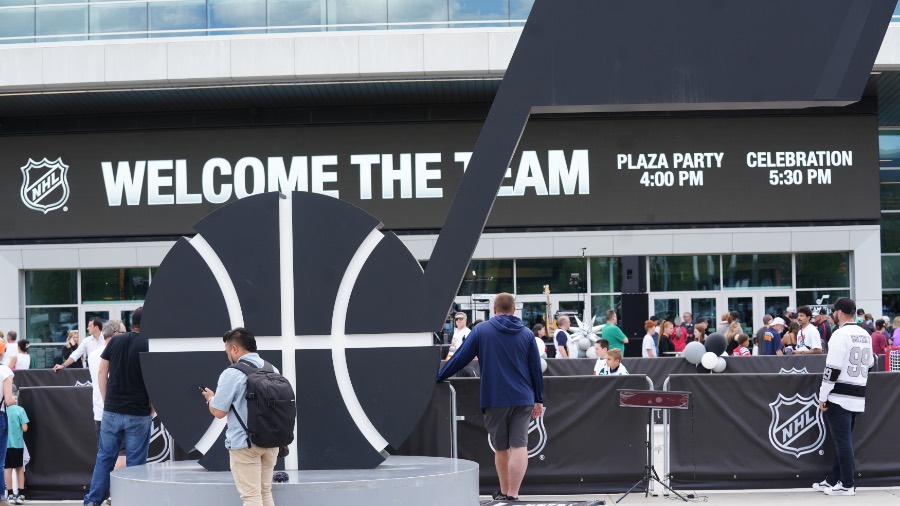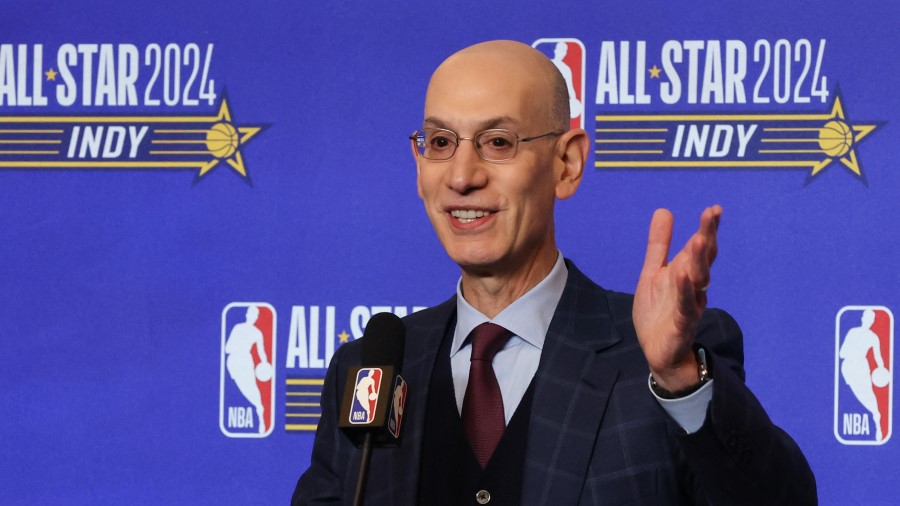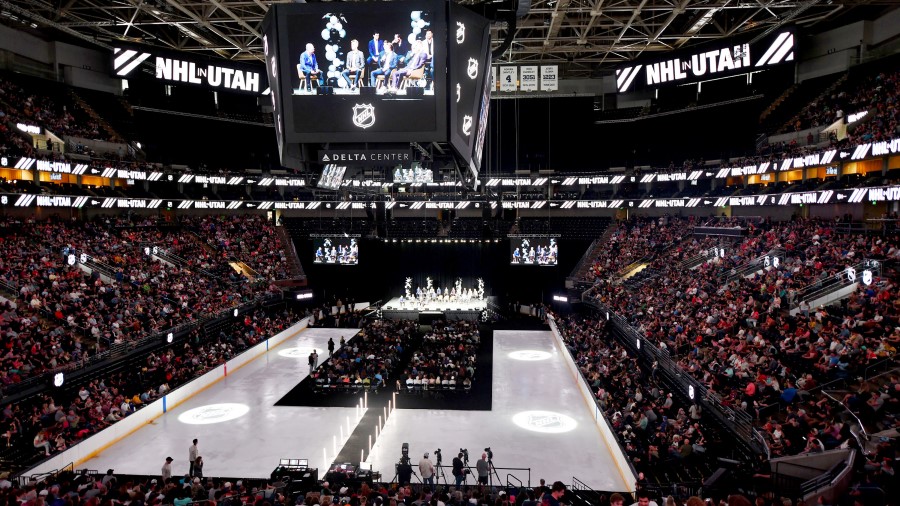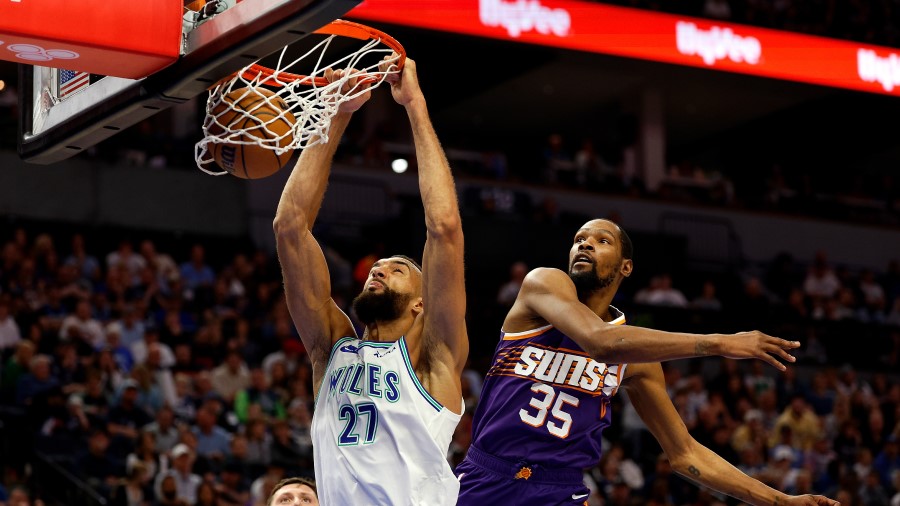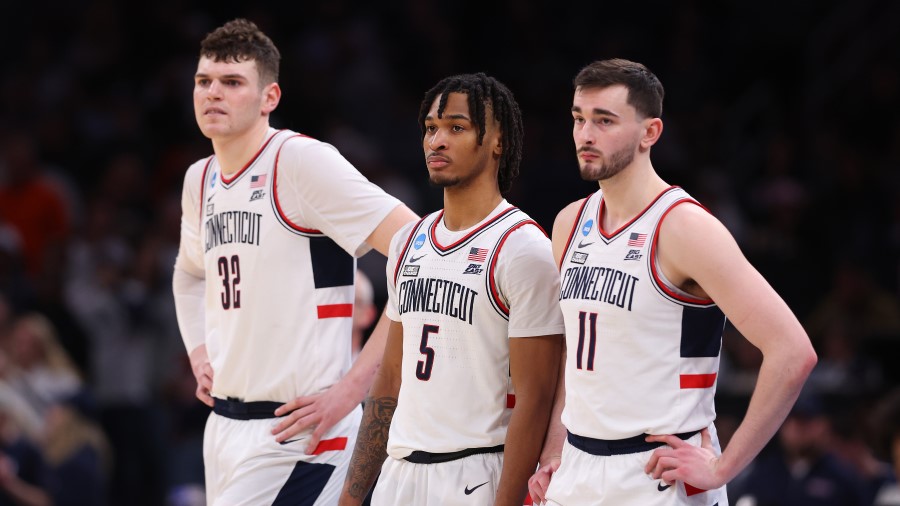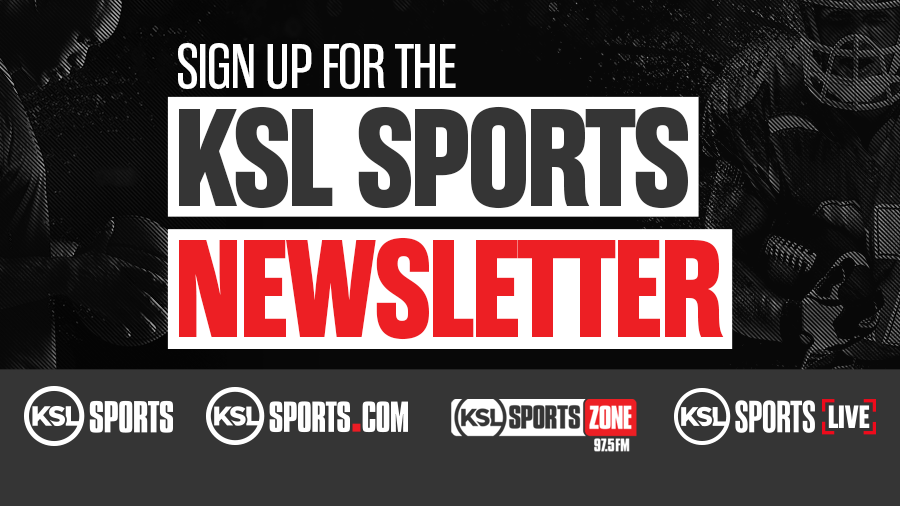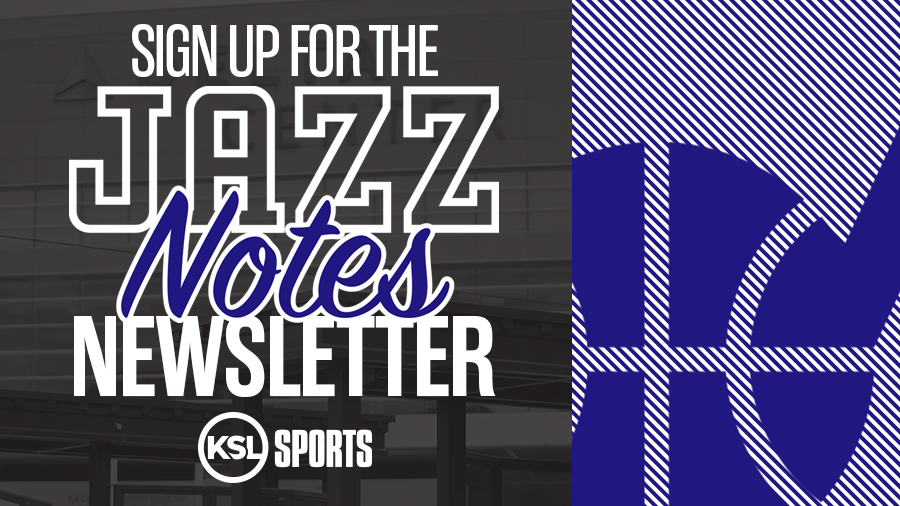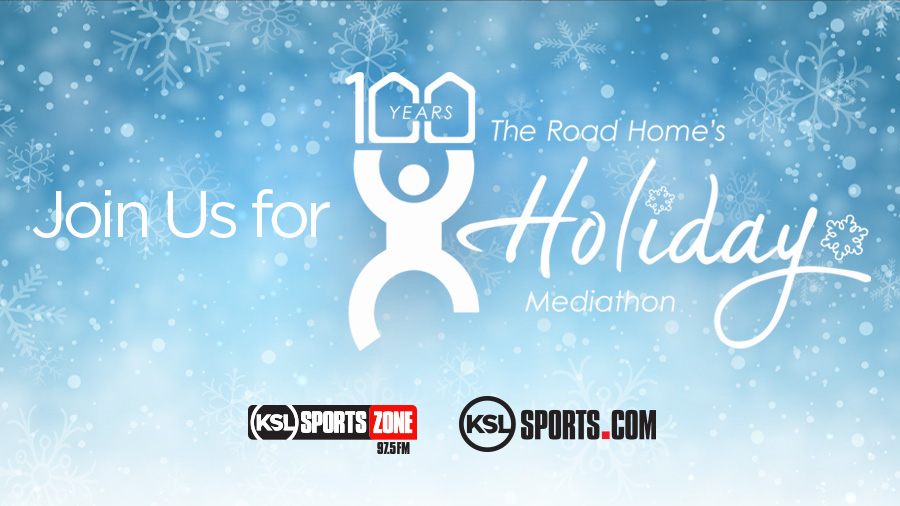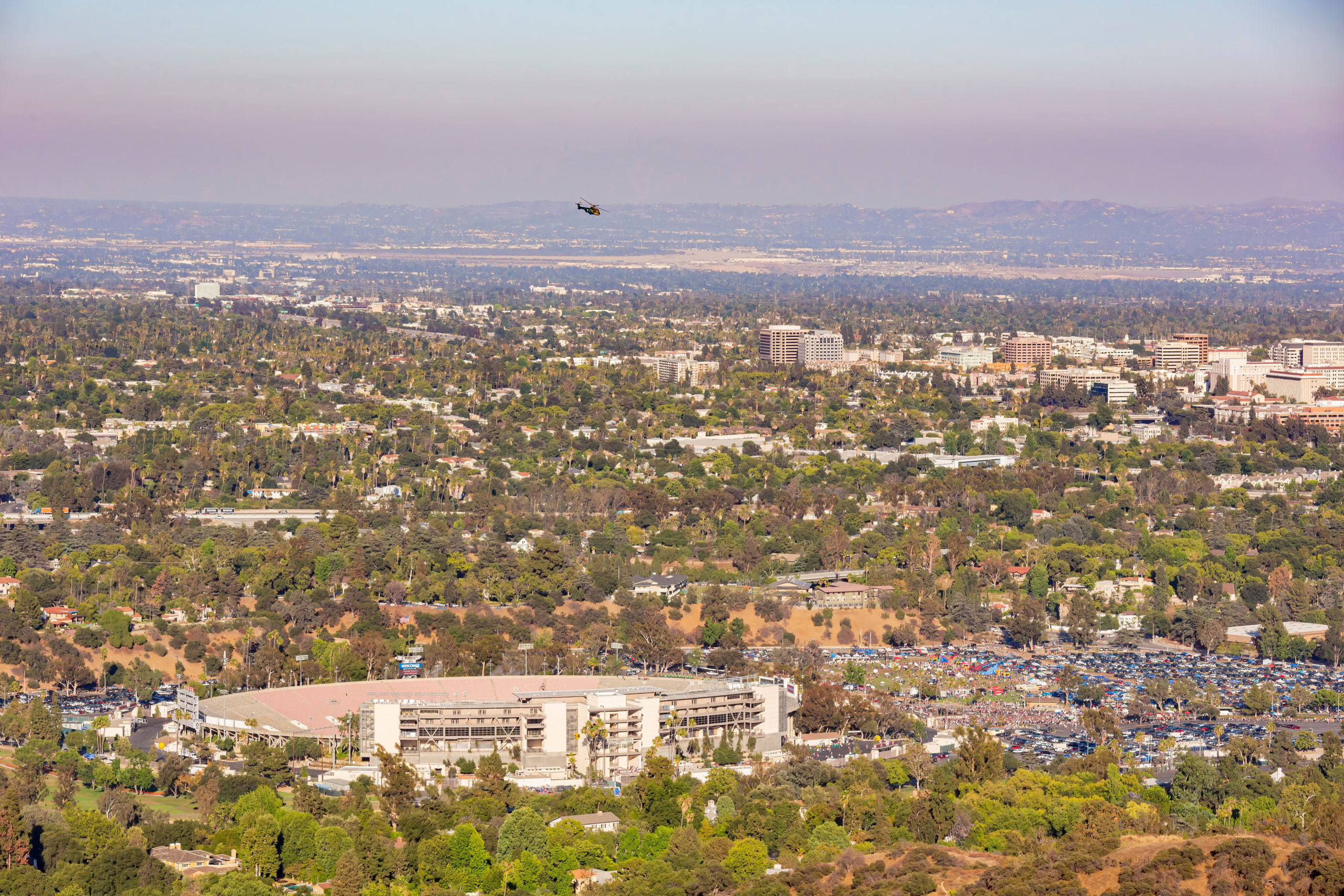Top Prep Prospect Will Earn $500k To Stay In US, But Will It Help The NBA?
Apr 16, 2020, 1:57 PM | Updated: 11:03 pm
SALT LAKE CITY, Utah – Jalen Green, the No. 1 high school prospect for the class of 2020 is bypassing college basketball and turning pro. Utilizing a new program for prep stars that prevents NBA hopefuls from first playing overseas, Green may be the first of many would-be college stars to skip the campus lifestyle.
The developmental program set up by the NBA G-League will pay elite prospects like Green a salary of at least $500,000 while granting access to professional coaching, and opportunities to compete against G-League teams, international talent, and NBA academies across the globe, without the rigor of belonging to a traditional professional team.
Previously, prep stars had the opportunity to skip college and take the G-League route while earning a salary of $125,00. After elite prospects RJ Hampton and LaMelo Ball bypassed both college campuses and the G-League to play professionally in Australia while earning mid-level six-figure salaries, the NBA created a more competitive program to keep the future pros closer to home, granting easier access for professional scouts to observe the prospects domestically.
Jalen Green will skip college and go to the G League instead pic.twitter.com/XbID5tl2Z4
— Yahoo Sports NBA (@YahooSportsNBA) April 16, 2020
As the NBA has wrestled with eliminating the one and done rule that has forced the top prep stars to play one season of basketball on a college campus, overseas, or in the G-League after high school, the new program will undoubtedly provide a lucrative option for players that would prefer to stay close to home while earning a competitive professional salary.
But how many?
That’s the question NBA teams are asking, sources tell KSL Sports. While Green is the first prospect to choose this pathway, how many more players will have access to the program.
The elite prospects will join a roster of former pro players hoping to gain exposure and a pathway back to the league when competing against G-League and international competition. How many of those roster spots are reserved for elite prospects and how many will go to existing pros.
"The grind never stops…keep working"
LaMelo Ball was full of praise for the @NBL as he looks to build his game ahead of the NBA Draft. #NBA #NBL #FootLockerQV #NBL20 #FlyAsOne pic.twitter.com/YPksVO4BRp
— Sporting News Australia (@sportingnewsau) January 2, 2020
With a paycheck of $500,000 and an ability to stay closer to home, the program will draw significant attention from the top high school players in the country. Isaiah Todd, the No. 13 prospect in the country according to ESPN may also pursue the new developmental pathway after de-committing from Michigan earlier this week.
While Todd is one of the nation’s highest-rated prospects and considered a future late lottery pick in some 2021 NBA mock drafts, he’s not in the same class of stars as Ball or Green who are likely top five picks in this year’s draft and next. If Todd can earn a similar salary to those players by skipping college, the flood gates may open every prospect who one day dream of playing in the pros.
The new system will place significant weight on high school rankings, a notoriously inaccurate system, to dictate who will receive developmental contracts. The gamble towards paying unproven high school prospects a half-million dollars will likely place a large financial burden on the new pro pathway to get it right.
The latest NBA mock draft from @DraftExpress has the Warriors doubling down on small ball 👀
Full draft (E+): https://t.co/PYvMMmPw6E pic.twitter.com/OZqjnlcII9
— ESPN (@espn) April 9, 2020
As it stands, of the top-10 players from last year’s ESPN Top 100 list, only James Wiseman and Anthony Edwards are projected as top 10 picks in the 2020 NBA draft. Does paying a future late first-round pick $500,000 make financial sense without a guarantee that they are future NBA stars?
Meanwhile, Isaac Okoro, the 40th ranked 2019 high school prospect is projected as the third overall pick by ESPN in their latest mock draft. It’s unlikely he would have been eligible to receive a developmental deal due to a flawed high school ranking system but has surpassed 38 other players projected ahead of him.
Even if those players end up as lottery picks, they’re far from guaranteed NBA success.
Utah Jazz guard Emmanuel Mudiay skipped college to sign a lucrative deal in China before entering the NBA draft. Mudiay reported received $1.2 million for his lone season Guangdong Southern Tigers, before being selected with the seventh pick in the 2015 NBA draft. Five years later, Mudiay is a reserve guarding fighting to stay in the NBA on near minimum-salary deals.
With six and seven-figure deals already being handed out to entice high school prospects to play overseas, adding $500,000 salaries in the US might simply drive up the asking price for foreign clubs, making the option to leave the much more desirable.
The professional pathway program represents the beginning of a new route for prep stars to earn a significant contract right out of high school, without heading overseas. It also allows NBA front offices greater opportunities to scout these prospects in more controlled and familiar environments, while cutting down the travel cost to watch them play.
However, it doesn’t remove the guessing game that exists with every draft prospect, despite its high price tag. Additionally, it may further incentivize players to head overseas to find competitive money if they aren’t granted one of the selected developmental contracts.
While the program will undoubtedly help the best high school prospects in the country, which should be viewed as a positive, it does little to improve the NBA product.

